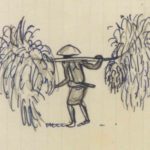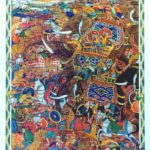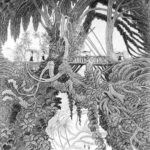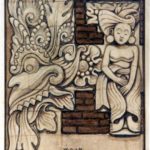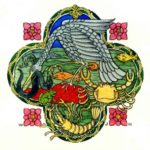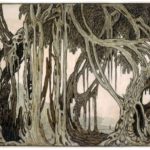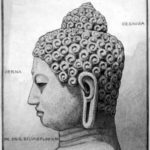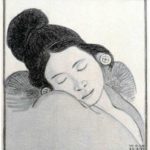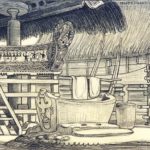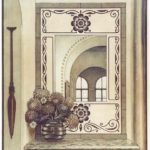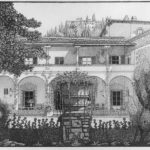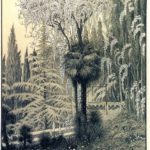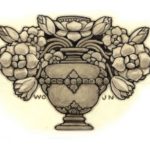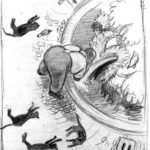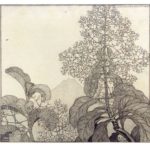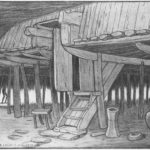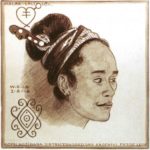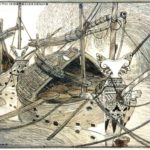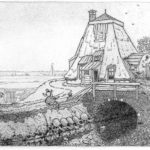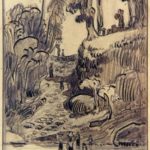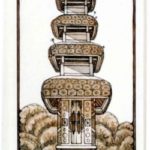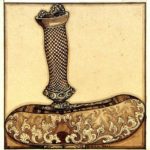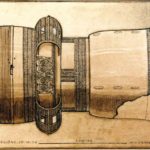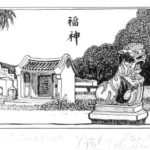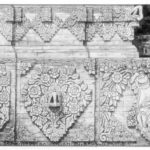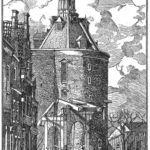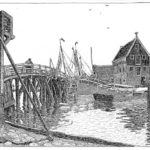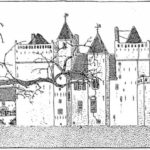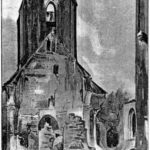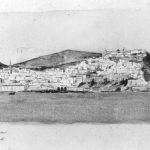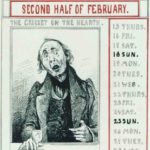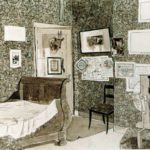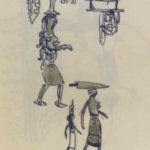If you study Nieuwenkamp’s drawings in chronological order, you will notice how he repeatedly changed styles. The way he drew before 1900 is significantly different from the way it was after 1900. Before 1900 he experiments with lines, especially in black and white. When he was creating the Bali and Lombok drawings he devised an entirely new working method with a light sepia toned background applied in advance with a brush. This combination of pen, pencil and brush created drawings are completely different from the ones you would commonly see. These are quintessentially Nieuwenkamp. But then again, the extraordinarily elaborate drawings he created of his Italian villa and its gardens differ from any of the works from his Dutch period. A lot of pencil-use, the contrast emphasised by the use of ink, and brownish tinted picture frames.
These drawings were intended to illustrate stories .
Since virtually all of his drawings were intended to illustrate stories, this aspect is predominant. Nieuwenkamp’s drawings often expressed reality very accurately, without however losing their artistic value. This was in itself a remarkable achievement. Since he initially intended to have the prints reproduced in books and magazines, he made sparing use of colours. There was no doubt that Nieuwenkamp knew exactly what was needed for his drawings. But in the long run he did not really like drawing without using colours and in his later years, in particular, he turned to painting gouaches and watercolours.

